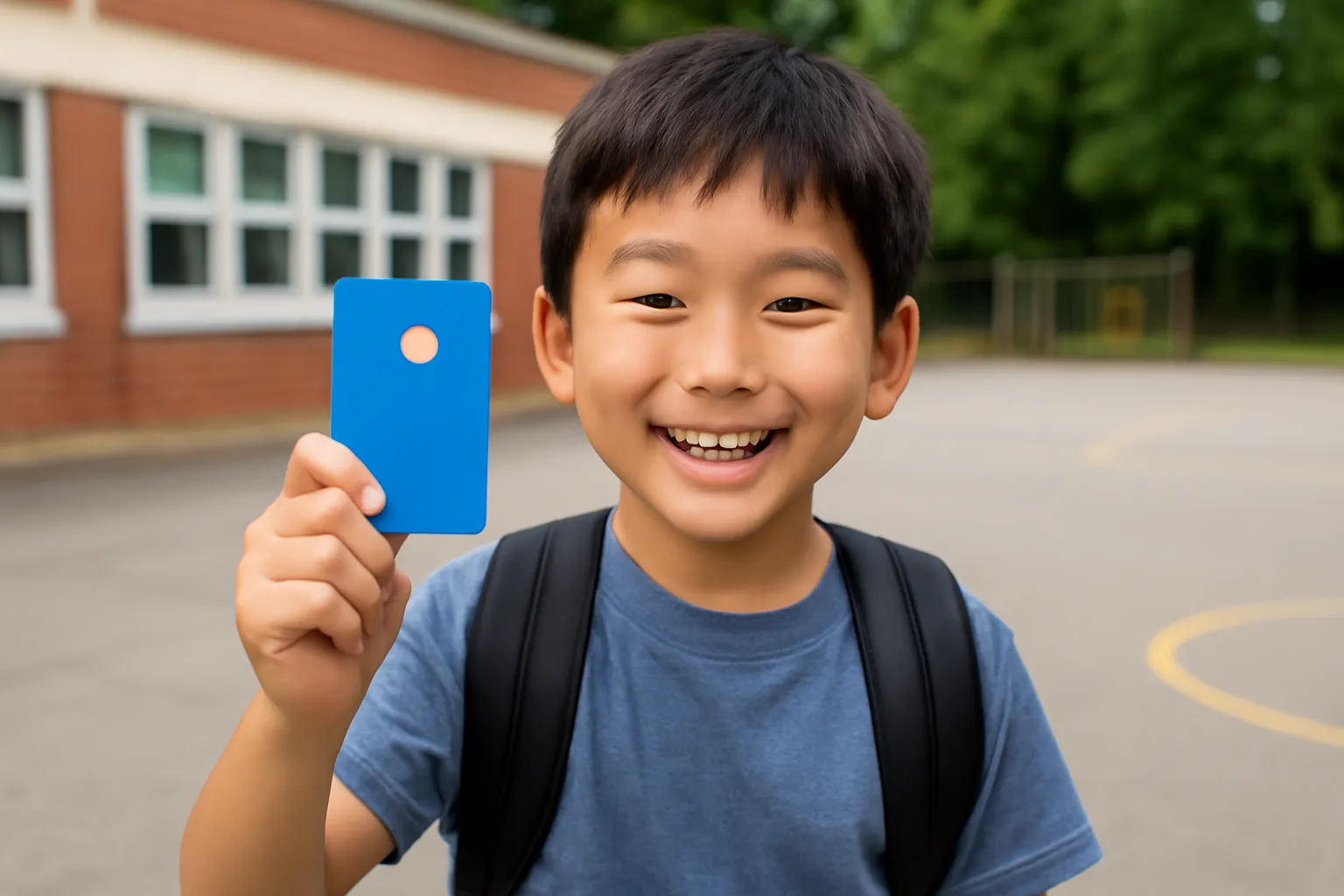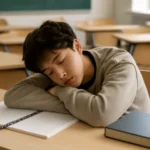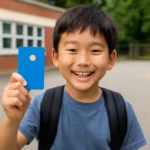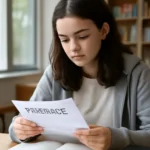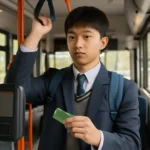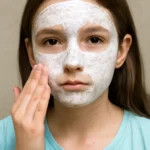In the world of elementary education, ensuring that children stay engaged while learning is a constant challenge. One strategy that has recently gained popularity is the “Check Card Toss,” an activity where students are given a card with specific tasks or goals, which they toss into a designated area. This activity has not only provided a fun and interactive way to encourage participation but has also helped in reinforcing key learning concepts in a playful setting. But how exactly does this work, and why is it beneficial?
Are you looking for ways to engage elementary school students with a fun yet educational activity? Find out how the “Check Card Toss” works and why it’s a great tool for enhancing their learning experience. Ready to throw in some excitement?
Toss Elementary School Student Card
The “Toss Elementary School Student Card” method is a dynamic approach where each child is handed a card featuring a question or task related to the topic of study. The students must then toss the card into a basket or similar container. Depending on where the card lands, the child either answers the question or performs the task that is written on the card. This simple yet effective strategy taps into students’ competitive nature while keeping them focused on the lesson at hand.
The main appeal of this activity is that it turns learning into a physical game, which helps maintain high energy levels in the classroom. As children toss the card, they also get a sense of accomplishment and excitement. For teachers, it provides a quick way to assess students’ understanding without the typical test or quiz format. Additionally, the game-like structure allows for an element of surprise and creativity, making it a more enjoyable way to learn.
Real-world Example:
In one third-grade class, the teacher introduced the card toss as part of a math lesson. The students were given cards with different problems, such as addition or subtraction questions, and they had to toss their cards into a basket. Those who landed their cards in the basket had to solve the math problem aloud. This game motivated even the most hesitant students to participate, and they became more excited about math lessons afterward.
Benefits of the Toss Elementary School Student Card:
-
Engagement: Keeps students excited and motivated.
-
Increased Participation: More students are willing to engage.
-
Physical Activity: Encourages movement in a learning environment.
-
Quick Assessment: Teachers can gauge understanding without formal assessments.
“Learn More About Educational Activities”
Elementary School Student Check Card Toss
The “Elementary School Student Check Card Toss” is an adaptation of the standard toss activity, specifically designed to cater to the diverse needs of young learners. In this variation, each card serves as a checklist for tasks that need to be completed by the students. The check cards might include a range of tasks, from writing a short essay to solving a series of puzzles.
This version of the toss activity is particularly effective in promoting independent thinking and time management skills. Each card encourages the student to check off completed tasks, which helps them stay on track. This type of card toss also allows teachers to monitor individual progress, as students can be assigned different tasks based on their level of understanding.
Case Study Example:
In a second-grade classroom, a teacher used the “Check Card Toss” to address reading comprehension. Each child picked a card from a basket, and the card contained a series of reading comprehension questions they had to answer after reading a short passage. Once the students completed the tasks on their check card, they would toss the card into a different basket, symbolizing the completion of the activity. Not only did this foster a sense of accomplishment, but it also allowed for more differentiated learning as students worked at their own pace.
Benefits of the Elementary School Student Check Card Toss:
-
Independent Learning: Encourages students to take ownership of their work.
-
Task Management: Teaches children how to manage time and prioritize tasks.
-
Flexibility: Can be tailored to suit various subjects and learning levels.
-
Increased Focus: Students stay engaged with varied, task-oriented learning.
“Explore More Learning Strategies”
Elementary School Student Toss
The “Elementary School Student Toss” is a broader term that encompasses various throwing activities that can be used to reinforce lessons. Whether it’s tossing cards, bean bags, or other objects, the core concept revolves around using physical activity as an engaging way to reinforce educational content.
These activities are especially helpful in classes where students need an outlet for their energy. The toss can be paired with any subject matter, from spelling words to answering science questions. The use of physical activity not only breaks the monotony of traditional learning but also creates an environment where students feel comfortable taking risks and making mistakes.
Example from Practice:
In a language arts class, a teacher might write different spelling words on cards and scatter them across the floor. Students must toss a bean bag onto the card that spells a particular word. This adds an element of physical movement and friendly competition while reinforcing literacy skills.
Why Toss Activities Work:
-
Physical Movement: Helps students release excess energy.
-
Active Participation: Promotes an active learning environment.
-
Cross-disciplinary: Can be applied across various subjects.
-
Social Interaction: Encourages peer-to-peer learning through collaboration and competition.
“Discover Fun Classroom Activities”
Conclusion
Incorporating toss activities like the “Elementary School Student Check Card Toss” can transform a classroom into a dynamic learning environment. Not only do these activities engage students in a fun and active way, but they also foster independence, task management, and subject mastery. Teachers can easily adapt toss activities to suit various educational goals, making them an invaluable tool for both young learners and educators. By infusing play with purpose, teachers can ensure that students are not only learning but also enjoying the process.
As the famous educator Maria Montessori once said, “Play is the work of the child.” So why not combine play and learning for the benefit of every student?

